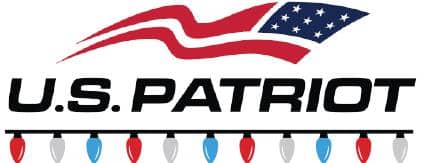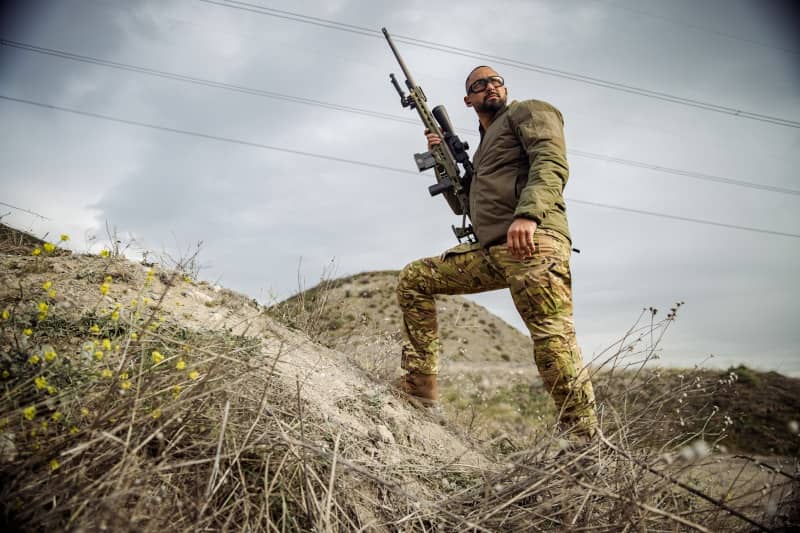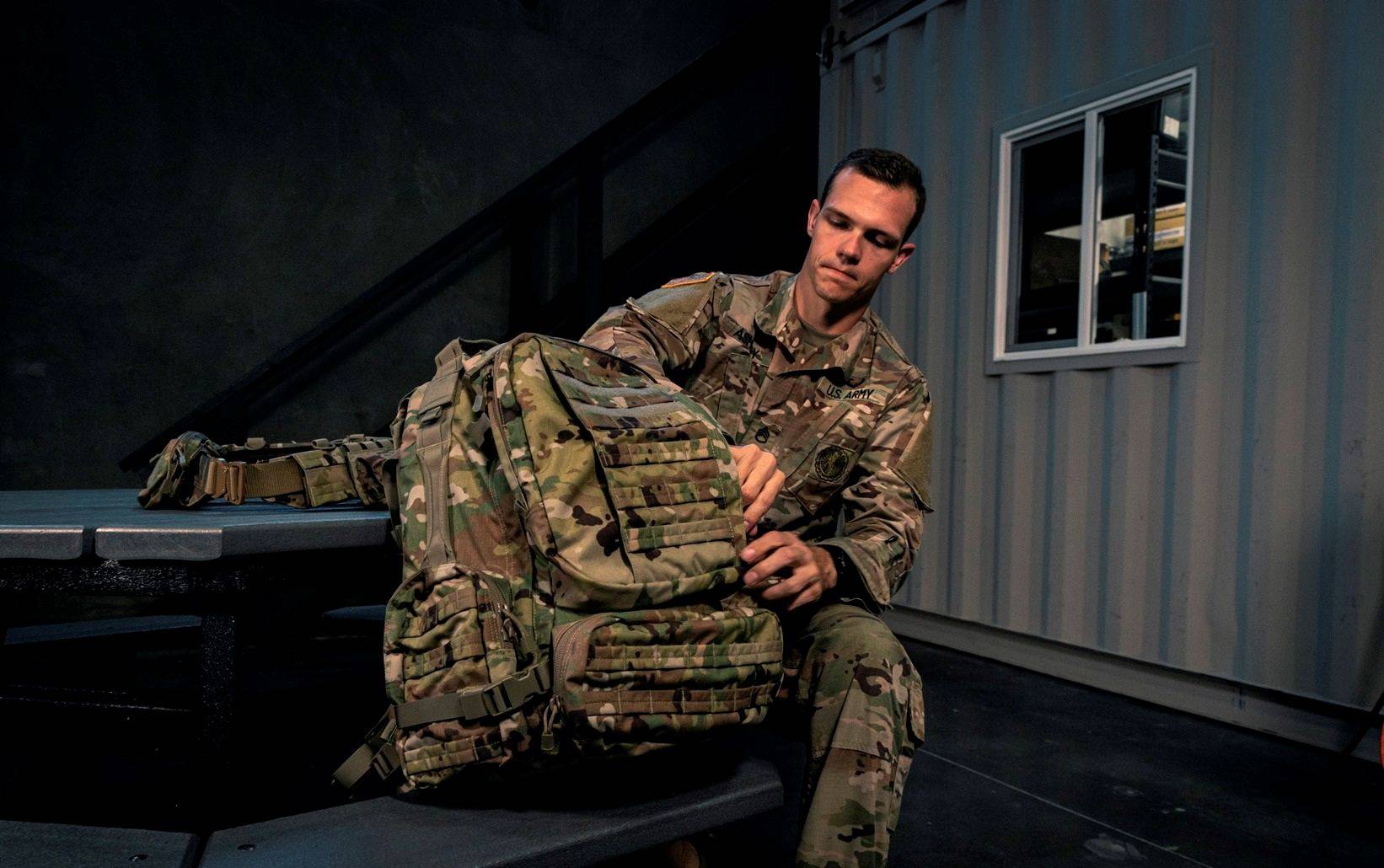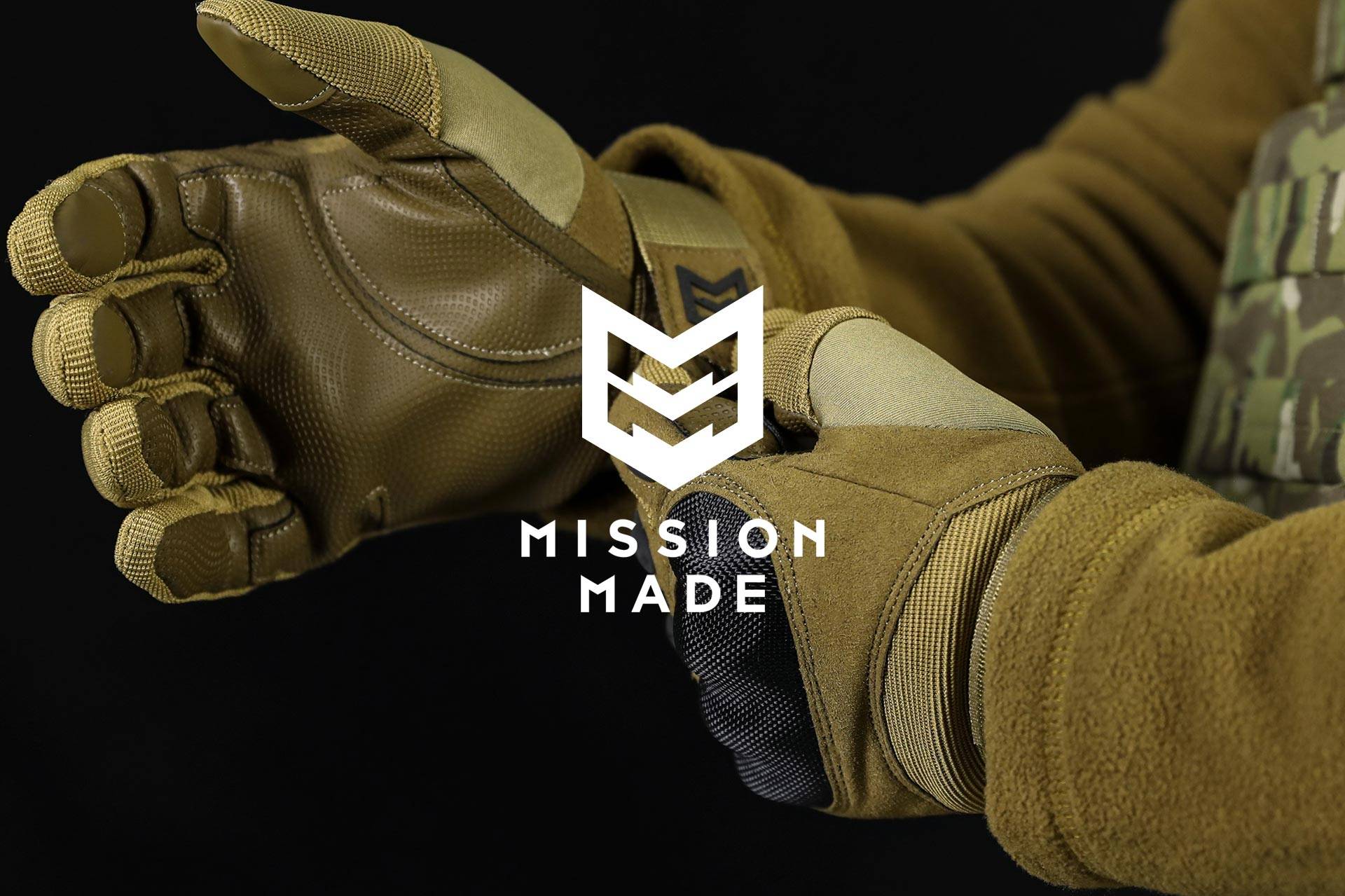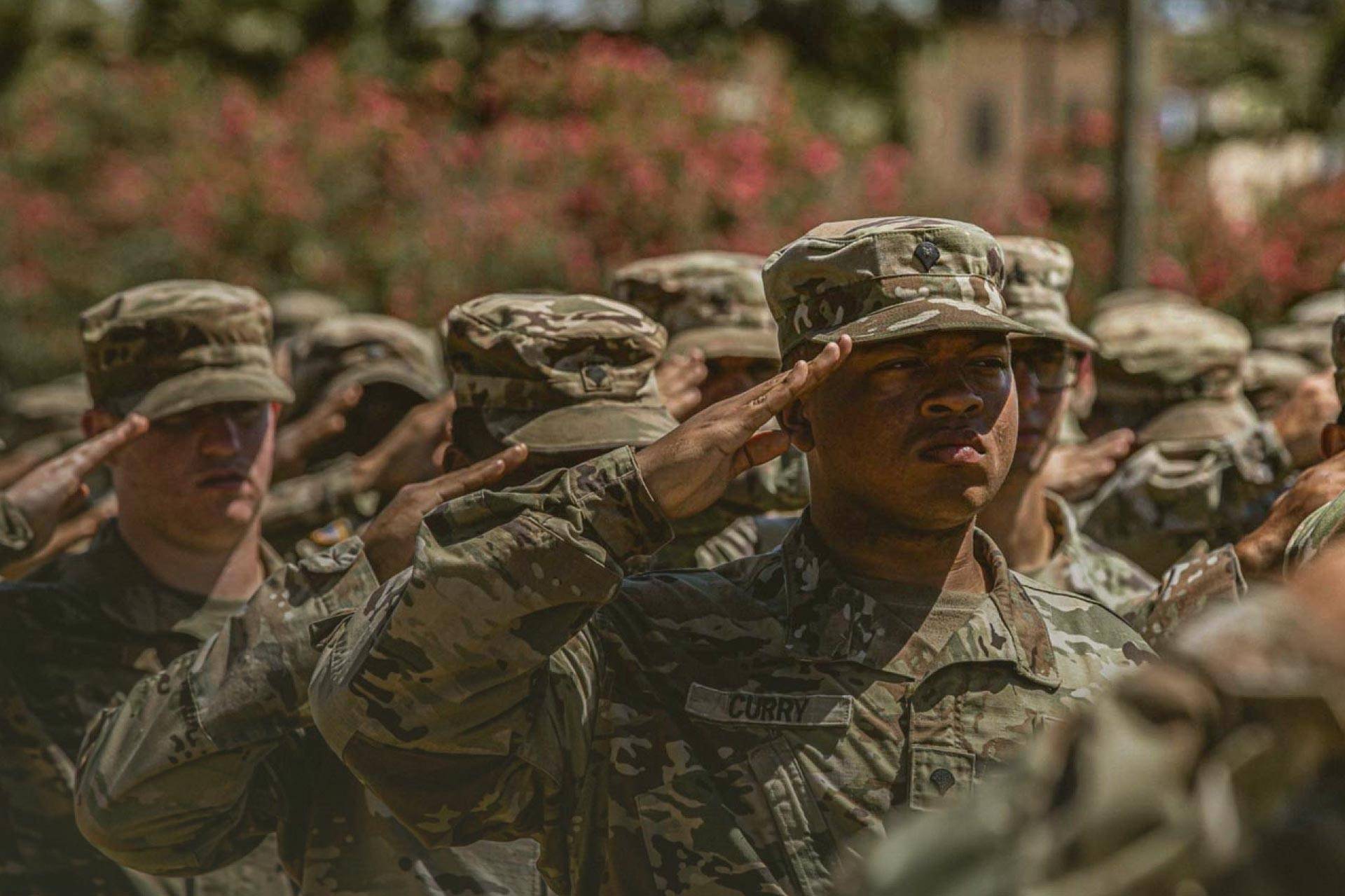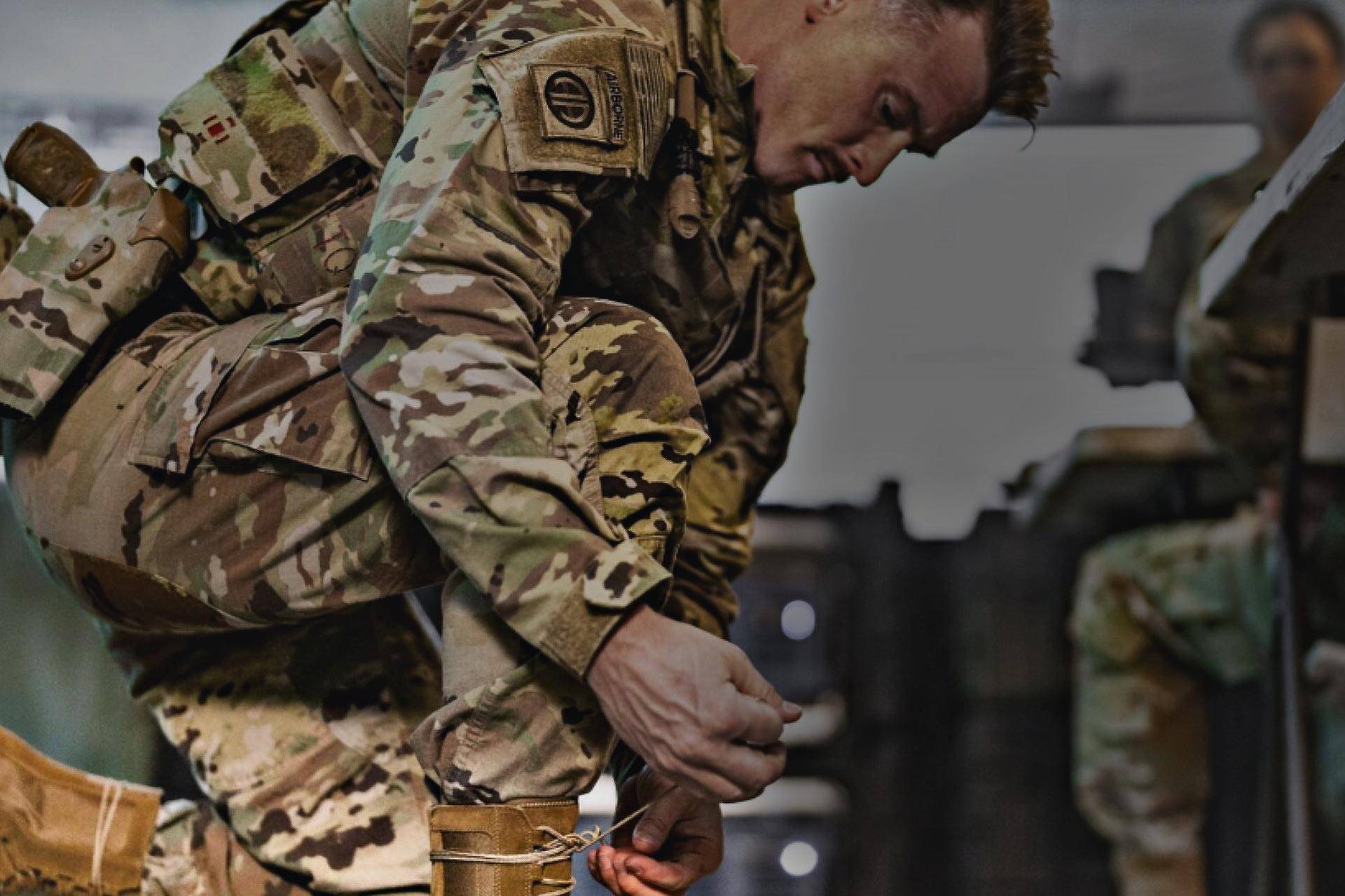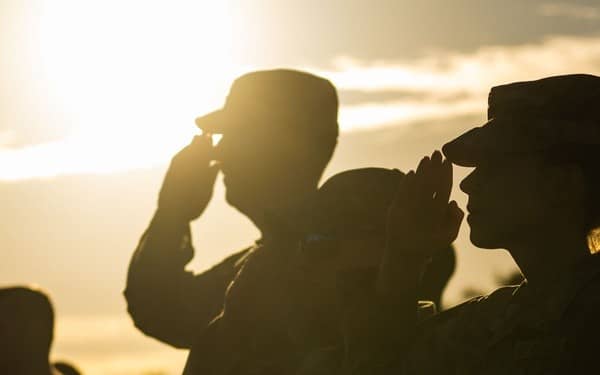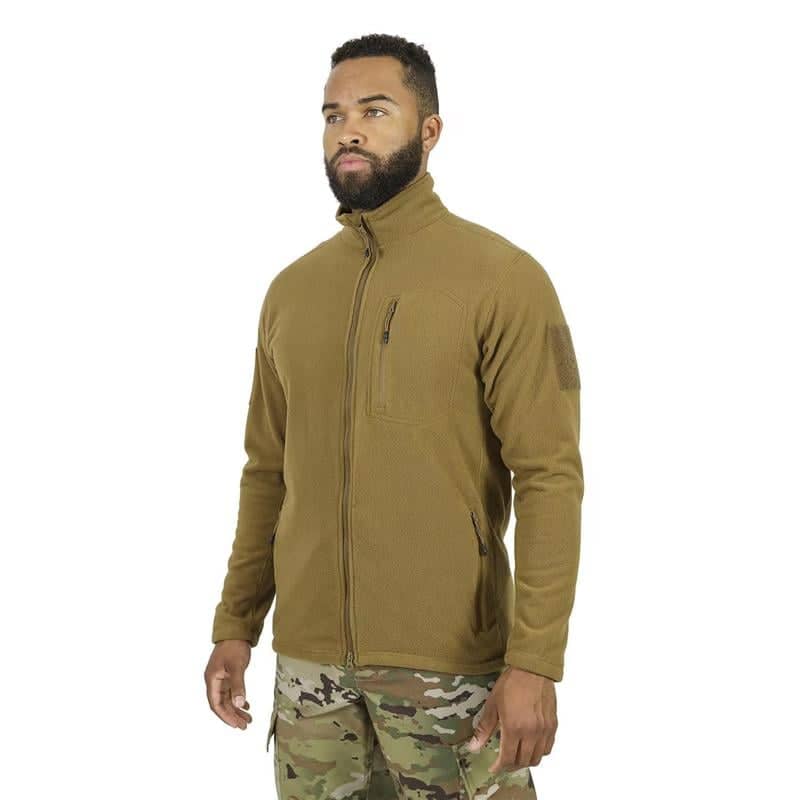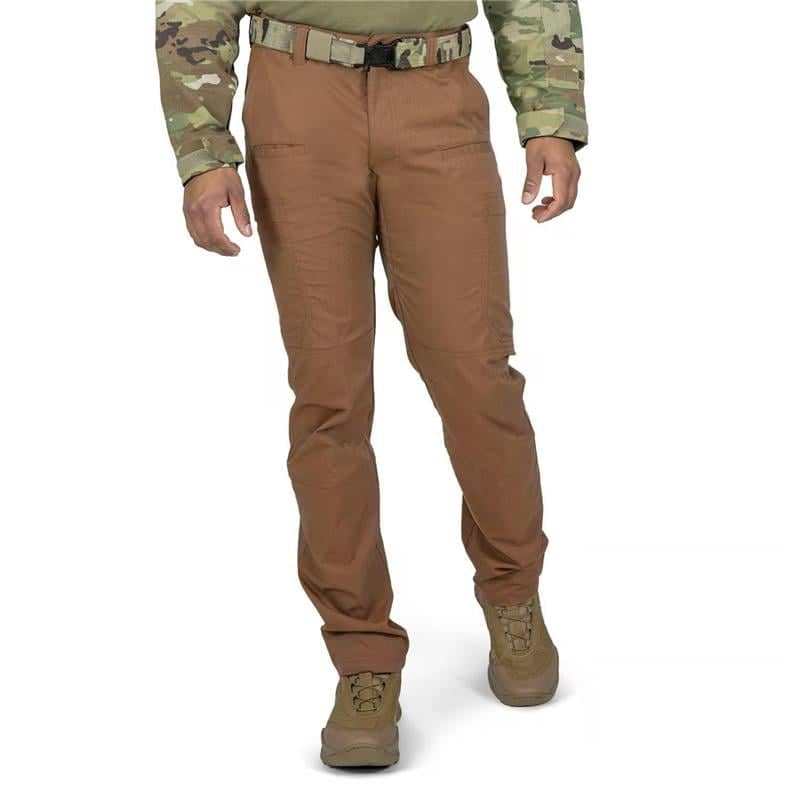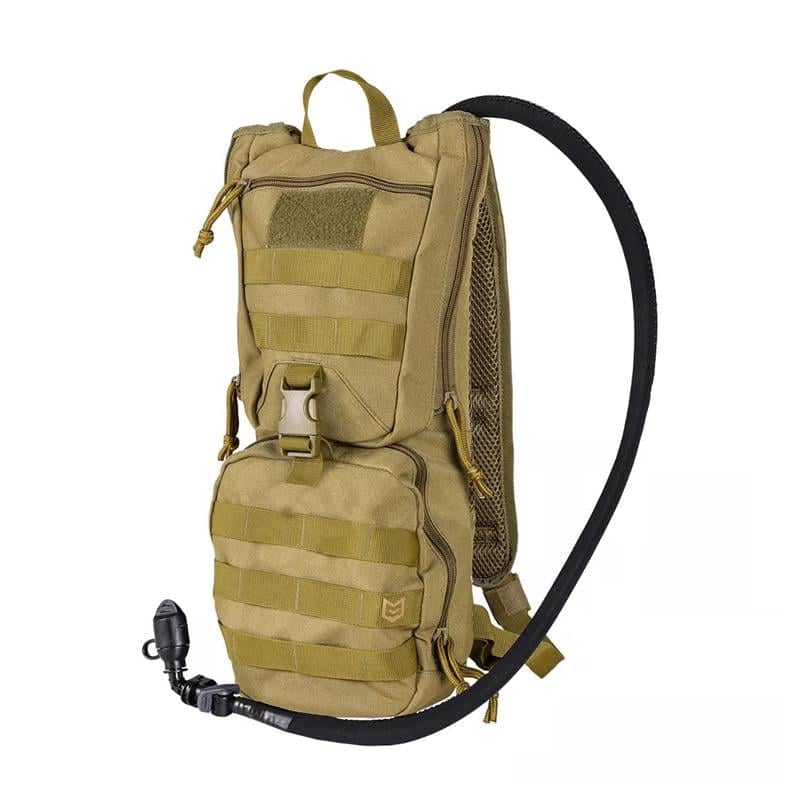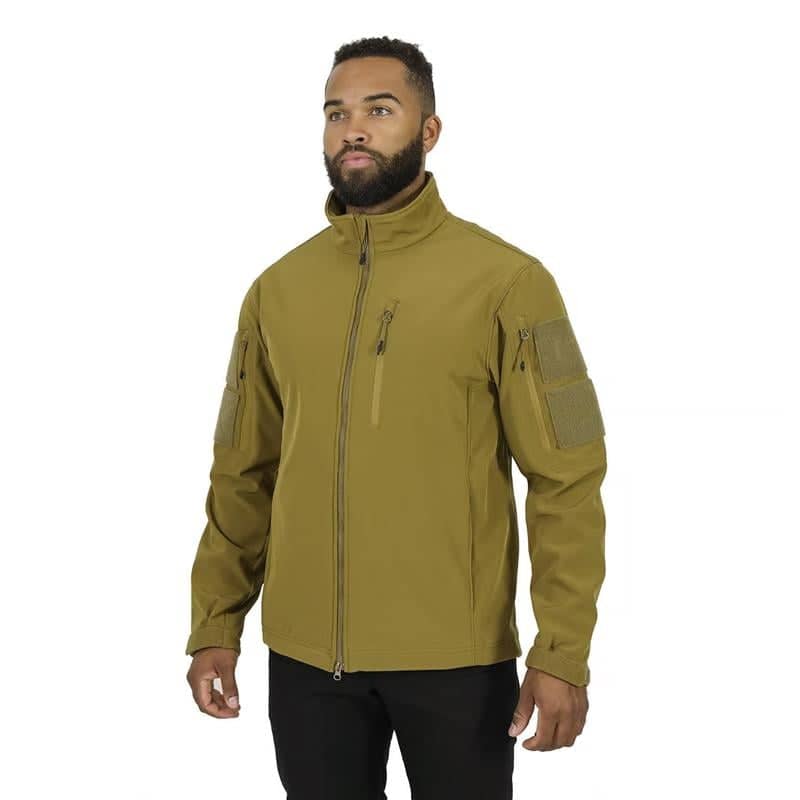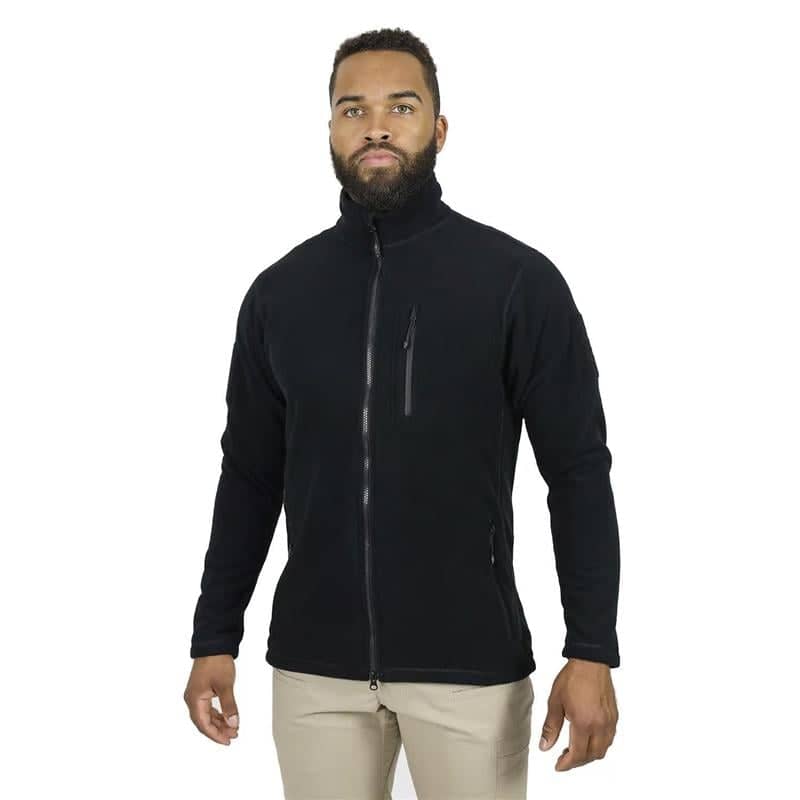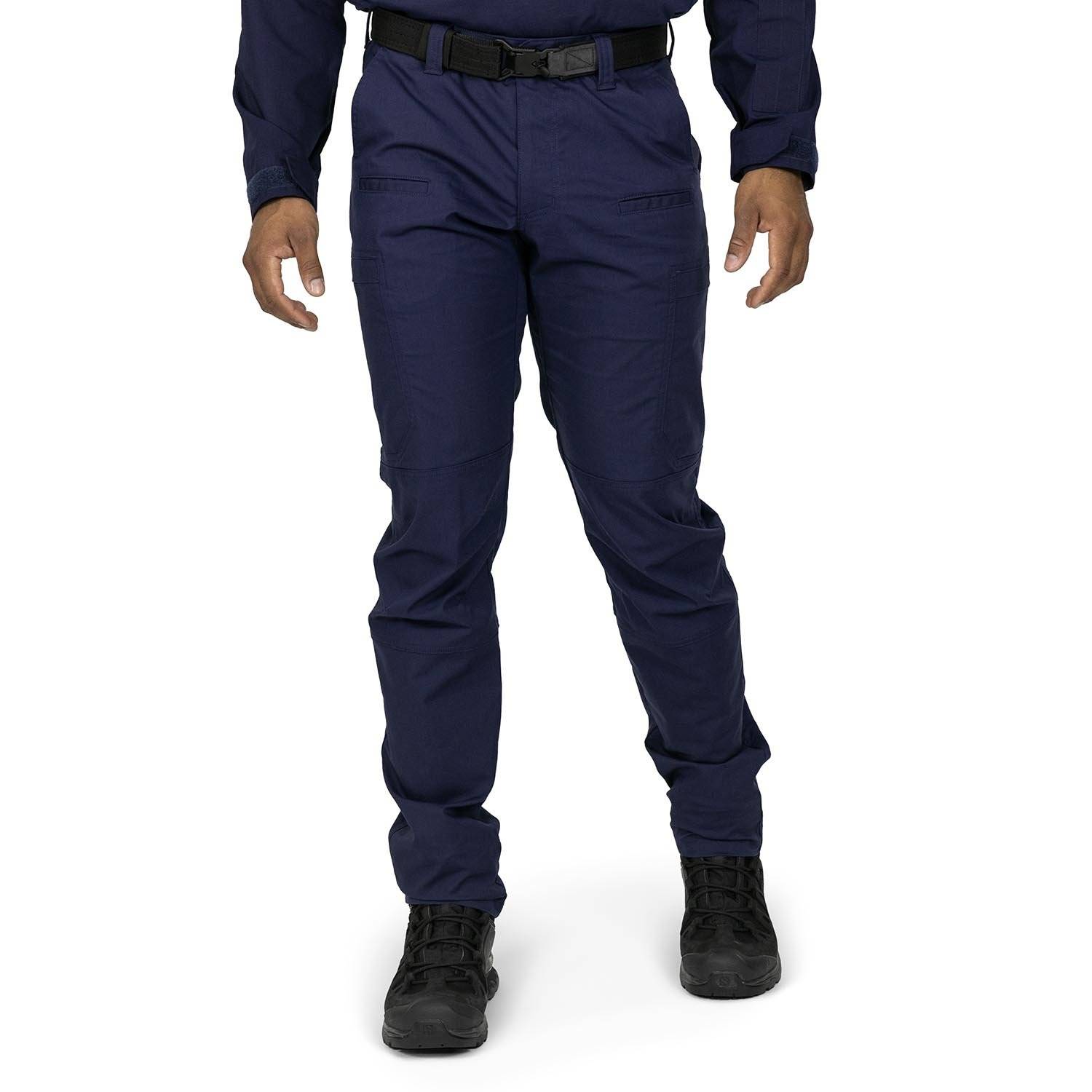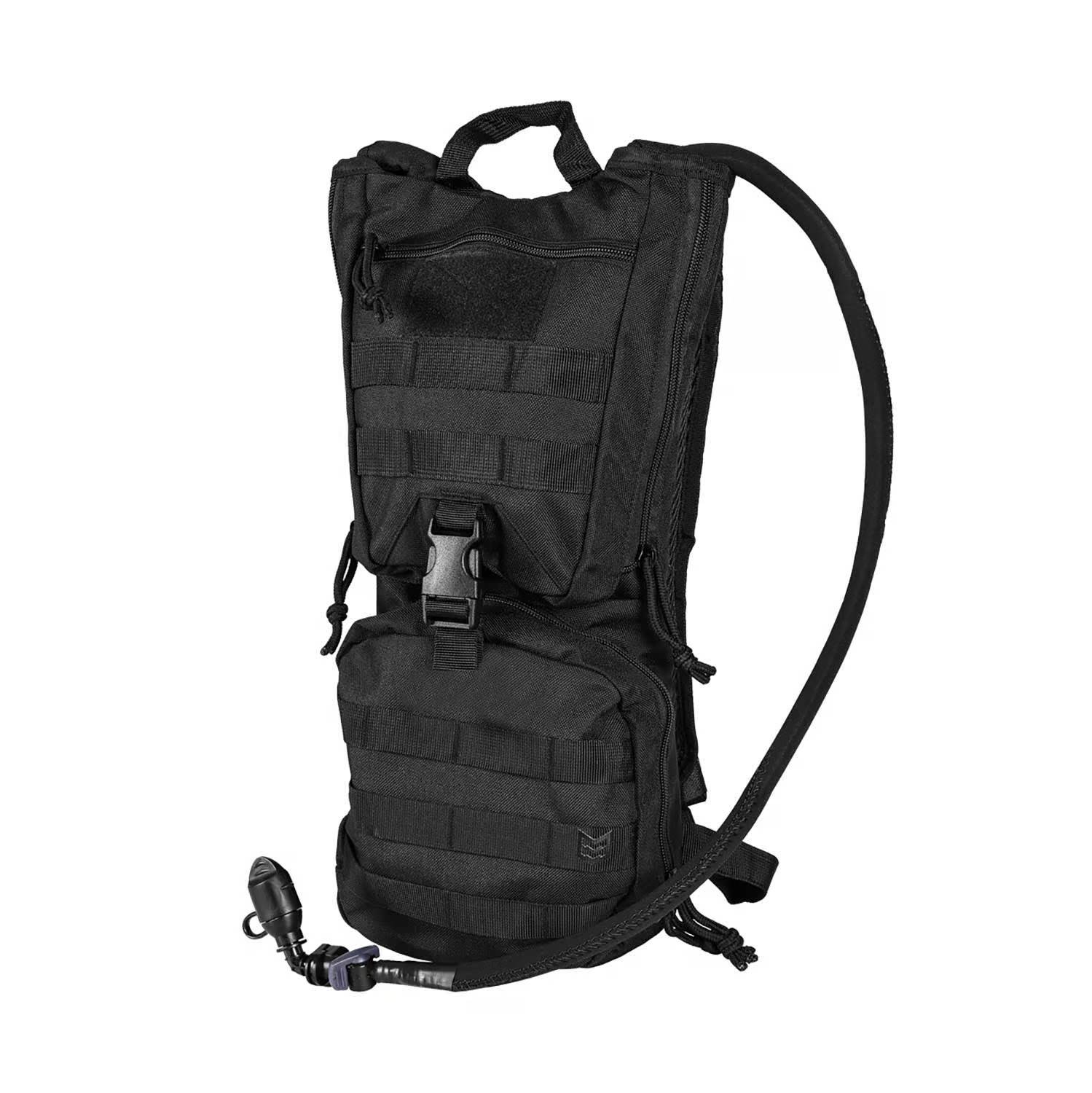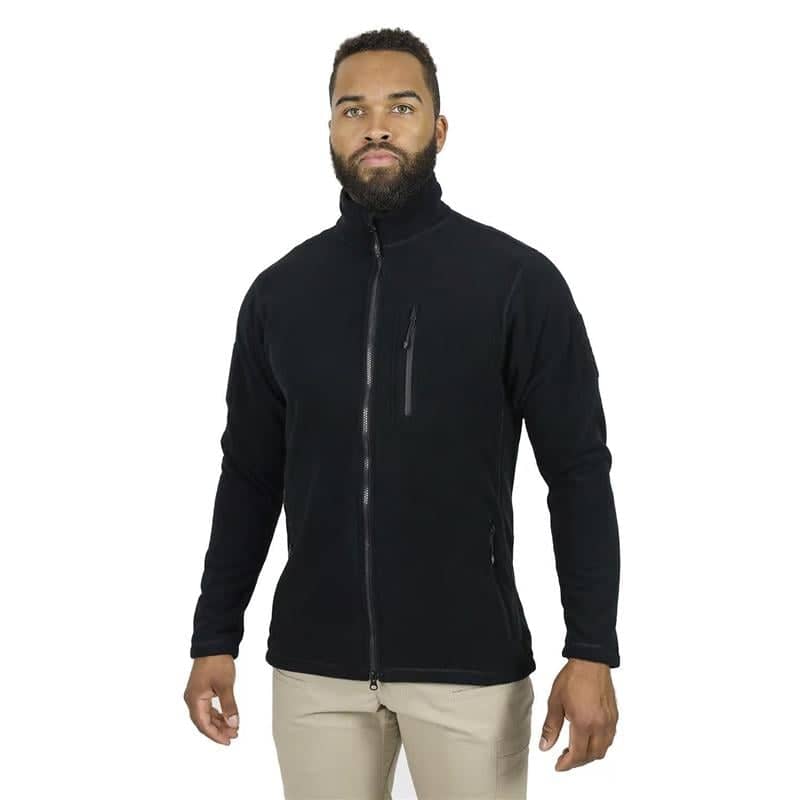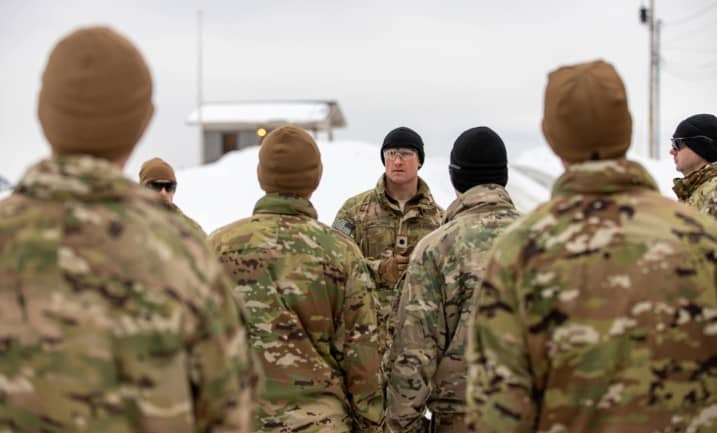
From Heat to Cold: Top Ways to Stay Ready with the Right ECWCS
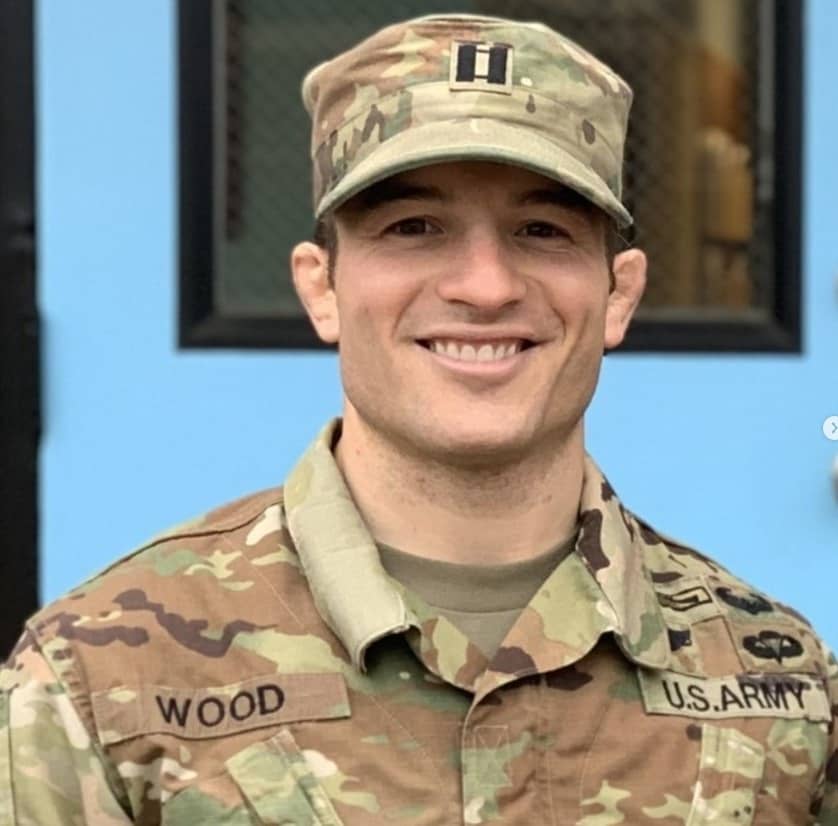
 When I was issued my first ECWCS gear, I was told it had a reputation for being less than ideal in the field. I remember people saying things like, “It’s uncomfortable,” “You’ll freeze anyway,” or “Don’t even bother packing it.” And while I’ll agree there are better base layer tactical clothing options out there, the ECWCS performs incredibly well when it’s worn and layered properly. It’s built for adaptability and meant to be adjusted based on your mission, environment, and activity level.
When I was issued my first ECWCS gear, I was told it had a reputation for being less than ideal in the field. I remember people saying things like, “It’s uncomfortable,” “You’ll freeze anyway,” or “Don’t even bother packing it.” And while I’ll agree there are better base layer tactical clothing options out there, the ECWCS performs incredibly well when it’s worn and layered properly. It’s built for adaptability and meant to be adjusted based on your mission, environment, and activity level.
After spending years operating in a wide range of climates, I’ve learned one thing: good gear doesn’t make you invincible, but it absolutely makes you more effective. The Extended Cold Weather Clothing System isn’t just a pile of layers; it’s a piece of survival equipment. When used correctly, it can make the difference between being miserable and being mission-ready. Military boot insulation also plays an essential role in achieving comprehensive head-to-toe thermal protection in cold-weather climates.
In this article, we’ll cover how the Army’s ECWCS system has evolved, tips for wearing the system effectively, and some of our top alternatives that our team has used or recommends for cold-weather operations.
I do want to take a moment to stress that you should always consider your mission and the climate before adding layers. Even in cold weather, it’s often safer to move without cold-weather gear. Not every part of the ECWCS is meant to be worn while you’re on the move. Layering up may feel comfortable at first, but it can quickly lead to overheating. Always follow your leadership’s uniform guidance, and if you’re in a leadership role, think about your mission and the environment before directing uniform changes.
The ECWCS Evolution
The Army’s Extended Cold Weather Clothing System, or ECWCS, has evolved through several generations of design, testing, and real-world feedback. Each version improved compared to the last, taking lessons from soldiers who actually had to live in it.
Generation I hit the field in the 1980s as the Army’s first real attempt at a standardized cold-weather setup. Developed by the team at Natick, it brought together roughly twenty different pieces of gear including the base layers, mid-layers, the heavy parka and pants, plus gloves, mittens, and headwear. It was built around a simple idea: stack insulation and protection in layers to stay warm and dry. On paper, it made sense. In practice, it was a mixed bag. The Gen I parka was thick and heavy, with a nylon shell and quilted liner that trapped heat well but didn’t breathe. If you were rucking or moving fast, you’d sweat through it in minutes. When you stopped, that moisture turned cold fast. You learned to constantly unzip, vent, or swap layers, but it often felt like the gear was working against you. Still, it laid the foundation for everything that followed.
Generation II arrived in the 1990s and finally made the system feel like it was built for soldiers, not just lab tests. It introduced a true three-layer setup rated down to -40°F. The polypropylene base layer was light, moisture-wicking, and dried faster than anything in Gen I. Over that came a much-improved fleece mid-layer and a GORE-TEX outer parka and pants that were both windproof and water-resistant. The Gen II parka quickly became a favorite across the Army. It was tougher, quieter, and more breathable, using the GORE-TEX membrane to keep you dry while still letting sweat escape. The details made it a soldier’s piece of gear: raglan sleeves for mobility, reinforced elbows, a storm flap over the front zipper, and pit zips that actually worked. That last feature alone—being able to dump heat without stripping layers or dropping your ruck—was a huge step forward.
The Modern System: Gen III
While Gen II was a huge improvement, the Army didn’t stop there. The result of continuous research and feedback from the field is the third and current generation: the Extended Climate Warfighter Clothing System, or Gen III. It’s lighter, less bulky, and more versatile than anything that came before it.
Gen III is built around a seven-level, twelve-garment framework. Each level has a specific purpose—insulation, moisture-wicking, or environmental protection—and they are all designed to work together seamlessly. This allows a soldier to adapt to any condition, from a cool, damp evening to an arctic freeze, simply by adding or removing layers. It’s a complete clothing arsenal.
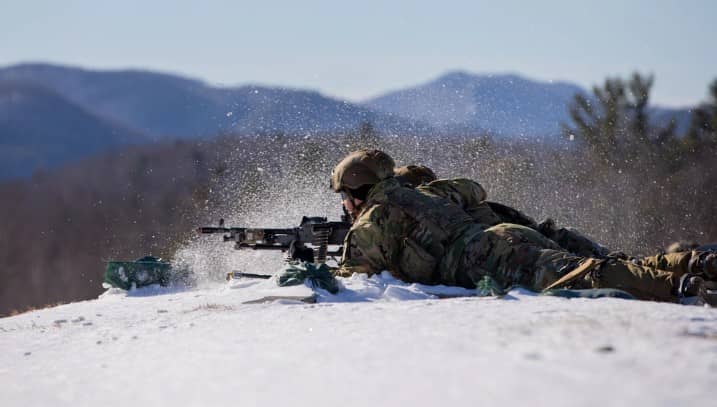
Level 1: The Foundation
Everything starts with the base layer. Level 1 is your foundation — a lightweight top and bottom that works hard even when you’re not thinking about it. Its job isn’t really to keep you warm; it’s to keep you dry. Moisture is the enemy in cold weather, and if you’ve ever been stuck in freezing temps with sweat-soaked gear, you know how fast that can go bad.
Think of this layer as your second skin. In mild conditions, it might be all you need under your uniform. But when the temperature drops, this is the layer that keeps the rest of the system doing its job.
Level 1 Tops:
Level 1 Bottoms:
Level 2: Mid-Weight Insulation, “Waffles”
Level 2 is your mid-weight base layer, better known as “the waffles.” It’s a long-sleeve top and bottom made from a gridded fleece fabric that traps warm air close to your body while letting moisture escape. It’s the perfect balance of insulation and breathability.
You can wear Level 2 directly over your skin in cool weather around 40–50°F, or layer it over Level 1 when temperatures dip into the 30s or below. It stretches, dries quickly, and moves with you, which makes it a big improvement over older thermals. When paired with Level 1, it creates a solid foundation that keeps you warm and dry through most field conditions without adding bulk.
Level 2 Tops:
- Tru-Spec Gen-III ECWCS Level II Baselayer Top
- Condor Base II Zip Pullover
- Rothco ECWCS Gen III Mid-Weight Underwear Top
Level 2 Bottoms:
- Tru-Spec Gen III ECWCS Level II Baselayer Bottoms
- Condor Base II Mid-Weight Baselayer Drawer
- Rothco ECWCS Poly Bottoms
Level 3: The Versatile Fleece
The Level 3 fleece is one of the most useful pieces in the entire system. It’s lightweight, breathable, and warm for its size. This layer is perfect for the 30–50°F range or when you’re active and generating heat.
On its own, it works great for moderate cold or dry conditions. Under a shell, it becomes an essential insulator when the temperature drops. It’s quick-drying, comfortable, and versatile, which is why it’s often one of the most-worn pieces of the system.
Fleece Jackets:
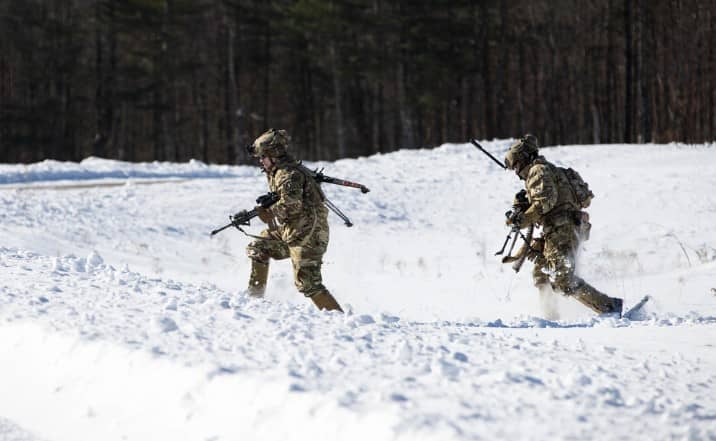
Level 4: The Windbreaker
The Level 4 Wind Jacket might look simple, but it’s an important part of the system. It’s a thin, water-resistant nylon layer designed to block wind and light rain. Wind steals body heat faster than almost anything, and this layer helps stop that.
It’s ideal for cool, windy conditions or as a quick outer layer when the weather turns. It’s extremely light and easy to pack, so it’s smart to keep in your ruck.
Level 5: The All-Purpose Soft Shell
Level 5 is your all-purpose outer layer. The soft shell jacket and pants provide solid protection from wind and light rain while staying breathable and comfortable.
This layer covers a wide range of temperatures, from the high 20s to the 50s. You can wear it over a base layer in mild cold or pair it with your fleece when it’s freezing. It’s lighter than a hard shell and gives you much better mobility, which makes it great for rucking, patrolling, or range work.
The versatility of this layer is what makes the system shine. It lets you stay adaptable without weighing you down.
Level 6: The Hard Shell
When the weather turns from bad to worse, break out Level 6. This is your hard shell—a jacket and trousers made with a seam-sealed, two-layer GORE-TEX fabric. This layer is completely waterproof and windproof. It's designed for static operations in cold, wet, non-freezing conditions. If you're manning an observation post in a driving rainstorm, this is what keeps you dry and functional. Because it’s a non-breathable membrane, you don’t want to wear it during heavy exertion, as you’ll trap moisture inside. But for staying dry in sedentary situations, it is unmatched.
Hard Shell Clothing
Level 7: Arctic Protection
Level 7 is for extreme conditions. The parka and trousers are your last line of defense against extreme, life-threatening cold. Rated for temperatures down to -60°F, this is your "Michelin Man" suit. It’s a high-loft, insulated outer layer designed for static operations in arctic conditions. You wear this over all your other layers when you are stationary for long periods. It's not designed for movement; you would overheat in minutes. But if your mission requires you to sit still for hours in the deep cold, Level 7 is what will keep you alive.
A quick note of caution: you may see gear advertised as "Gen IV." It's important to know that this has no official connection to the U.S. Army system. Gen III remains the most current and comprehensive ECWCS issue.
Headwear and Gloves
No cold-weather system is complete without protecting your head and hands. The ECWCS lineup includes a few key accessories that are easy to overlook but make a huge difference when temperatures drop.
For headwear, soldiers are issued a fleece watch cap, a silk-weight balaclava, and in some cases, a neck gaiter. The fleece cap is simple but effective, keeping your core temperature up by preventing heat loss from your head. The balaclava is a great option when the wind picks up or when you need extra coverage under a helmet. The neck gaiter does double duty, sealing the gap between your jacket and body armor or serving as a quick face cover in biting cold.
Glove systems follow the same layering logic as the rest of ECWCS. You’ll typically pair lightweight liners with insulated shells or overmitts depending on the mission. The liners let you maintain dexterity for tasks like handling weapons or equipment, while the shells add the warmth and wind resistance needed in deep cold. In extreme conditions, the system includes trigger finger mitts or high-loft overmitts designed for static operations.
Just like with the rest of the ECWCS system, the key is knowing when to layer up and when to scale back. Too much insulation and you’ll sweat out your gloves; too little and you’ll lose feeling fast. In cold-weather operations, keeping your hands and head dry and protected isn’t just about comfort—it’s about maintaining combat effectiveness.
Headwear:
- Condor Micro Fleece Watch Cap Cold Weather
- Rothco Polar Fleece Watch Cap
- Kenyon Fleece Watch Cap
- Tru-Spec Microfleece Watch Cap
- Arc'teryx LEAF Cold WX Beanie AR Wool
Balaclava:
- Tru Spec Gen III ECWCS Level I Balaclava
- Rothco Lightweight Balaclava
- Rothco Military ECWCS Gen III Level 2 Balaclava
- Tru-Spec Gen-III ECWCS Level II Balaclava
Gaiter:
A System Built on Experience
Reflecting on the ECWCS, its evolution is a testament to the Army’s ability to learn and adapt. We went from a collection of ill-fitting, heavy garments to a finely tuned system where every piece has a purpose and works in concert with the others. This isn't just about comfort; it's about combat effectiveness. A cold soldier is a distracted soldier. A wet soldier is a casualty waiting to happen. By equipping our men and women with a system that allows them to manage their body temperature effectively, we are giving them a decisive edge.
The modern soldier can face any environment on earth and have the tools to not just survive, but to operate at a high level. That's a powerful capability, and it was built on the feedback of generations of soldiers who endured the cold and passed on their hard-won lessons. It’s a privilege to have witnessed that progression and to know that the soldiers of today are better protected than ever before. That’s a legacy every leader can be proud of.
Browse additional non-ECWCS cold weather accessories:
- Outdoor Research Wind Pro Balaclava
- Arc'teryx Assault Balaclava FR Gen 2
- Agilite SF Balaclava
- Arc'teryx LEAF Cold WX Balaclava SV Gen 2
- Kenyon Polartec Power Stretch Balaclava
- Kenyon Polartec Power Stretch Neck Gaiter
Gloves:
- Mechanix Wear Tactical ColdWork Winter Glove
- Insulated Gloves Rothco
- Mechanix Wear ColdWork Base Layer Gloves
- Mechanix Wear ColdWork Outer Shell Mitten
- HWI Winter Touchscreen Gloves
Headwarmers:
- Shellback Tactical Hand Warmer Sac
- Tasmanian Tiger Tac Muff Hand Warmer
- HRT Tactical Hand Warmer
- FirstSpear Tactical Hand-Warmer
Socks:


